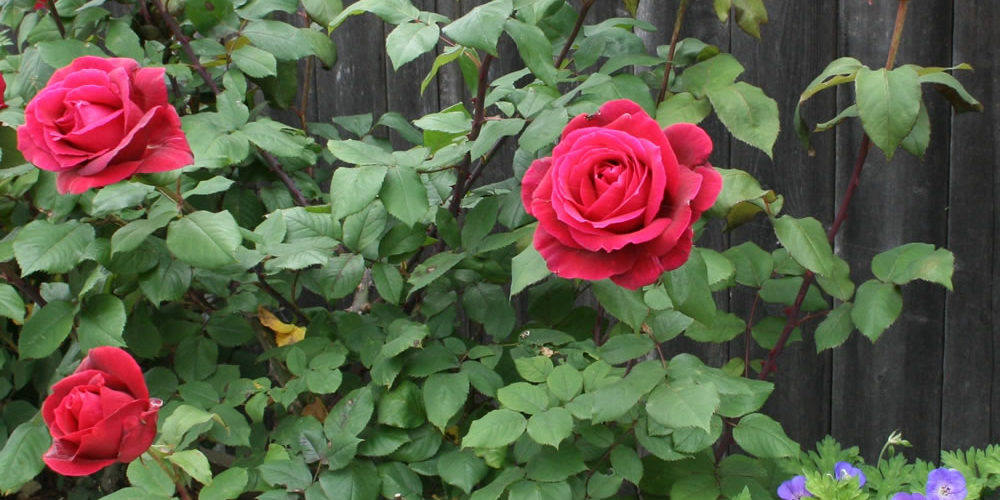Walking through a garden of roses, whether in a coastal area or city park, one is often greeted with a plethora of colors amidst familiar looking blooms, the scent recognizable even to those with little interest in flowers. Indeed, roses have been popular through the ages, linked to romance, referred to in literature, and graphically pictured on everything from greeting cards to cafe signs. Their easy recognition, often accompanied by a wish to more personally enjoy them, invites acquiring more knowledge for anyone interested in growing them. For, unless a seasoned expert, whether intending to plant a rose bush or an entire rose garden, there’s more to know than not. Read along to learn how to proceed, even if starting with a singleton, probably the best place to begin!
Beginning
Undoubtedly, selecting a healthy rose bush is foremost. Enlisting a reputable local nursery, having personal color or varietal preferences, along with some understanding of what types of roses are best suited to one’s growing region, will also be beneficial. For example, regardless of its heartiness in an optimum geographic region, a rose bush variety lavishly grown seaside might not be one recommended for thriving in a desert climate; learning and buying from an established nursery, or its online source, should ensure that any bushes considered for purchase will be sustainable in a particular locale.
Even more pointedly, there are a few specifics that dictate whether an individual yard or outdoor area is even suitable for growing roses. As they will not grow well everywhere without basic preferences being satisfied, here are the important requirements for a chosen planting location, and a final requirement for the gardener:
1. At least 5-6 hours of daily sunlight, with 6-8 being beneficial in most climates.
2. Proper drainage and irrigation; with severe drainage problems, raised beds may be considered.
3. Enough space to accommodate a mature plant, dependent on whether it is a standard size, miniature, or climbing variety.
4. Commitment to consistent care, including pruning, fertilizing (feeding), disease and insect control.
If these fairly straightforward requirements can be met, it’s time, rose bush in hand, to do some planting.
How to Plant a Rose Bush
If planting a new bush amidst more established ones, it will do better if provided with some fresh soil by removing the surrounding old dirt. Regardless, some growers advise root soaking in a bucket of water overnight before planting. However, the following are the basic steps:
1. Dig a hole larger than the root system, adding some compost or peat moss and optionally, some bone meal to provide root stimulating phosphorus.
2. If soil is naturally moist and water retentive, add some sand or stones for drainage to eliminate future root rot.
3. Use rich topsoil to create a conical “bed” in the bottom of the hole, into which the plant should be gently placed, spreading out the roots.
4. Place some extra soil around the base and fill the hole, making sure the root crown is situated below the soil surface, about 1-2″ down, dependent on climate. (Colder areas require a bit deeper placement.)
5. Once planted, cut stems back, 6-8″, with pruning shears, and spray pruned areas to prevent insects and disease from attacking the vulnerable new plant.
Going Further
Once success is envisioned with one or two rose bushes, it may be time to consider more, perhaps even a full-fledged rose garden! Below are noteworthy sites with detailed information from experts, whether looking to add a burst of color with a bush or two in the yard’s corner, or hoping to turn the dream of a personally designed rose garden into an eye-appealing, and fragrant, reality.



